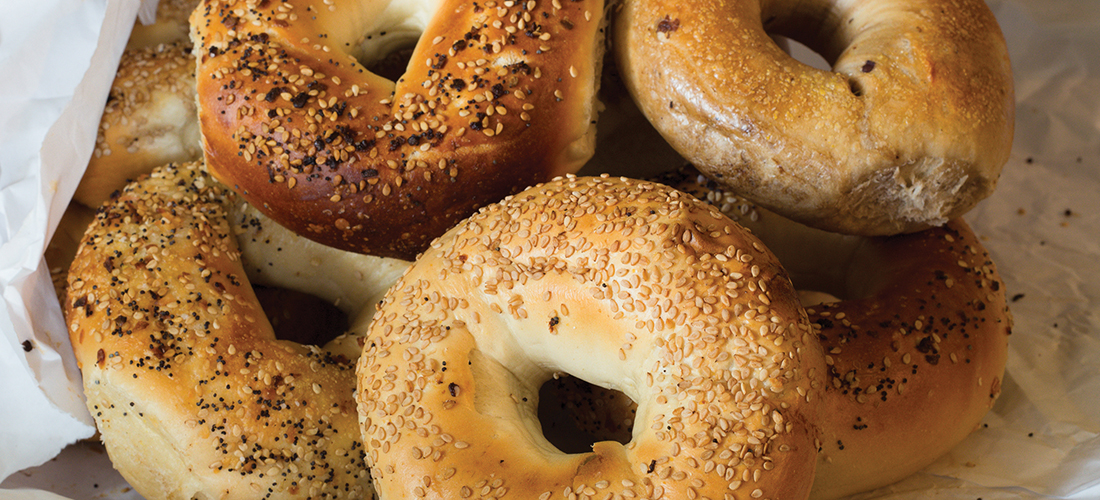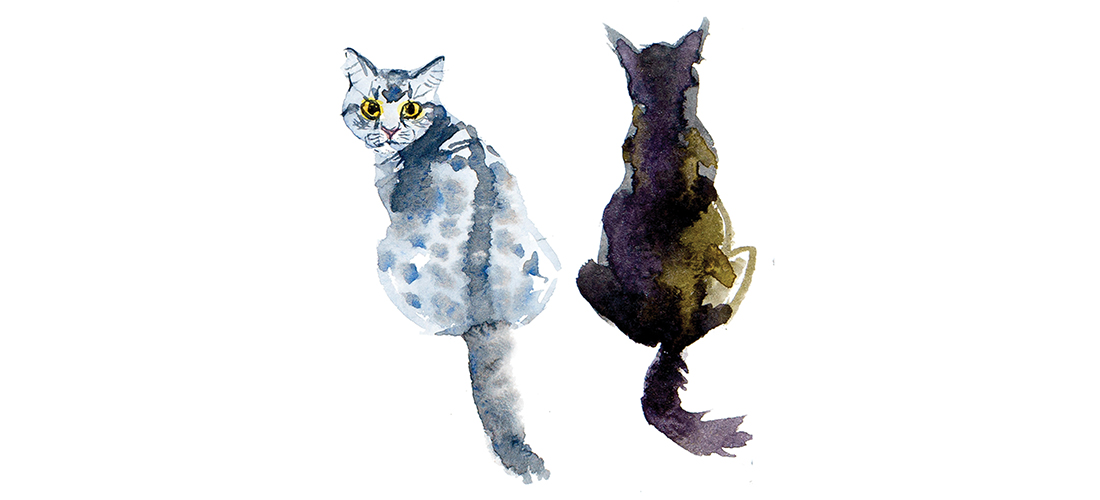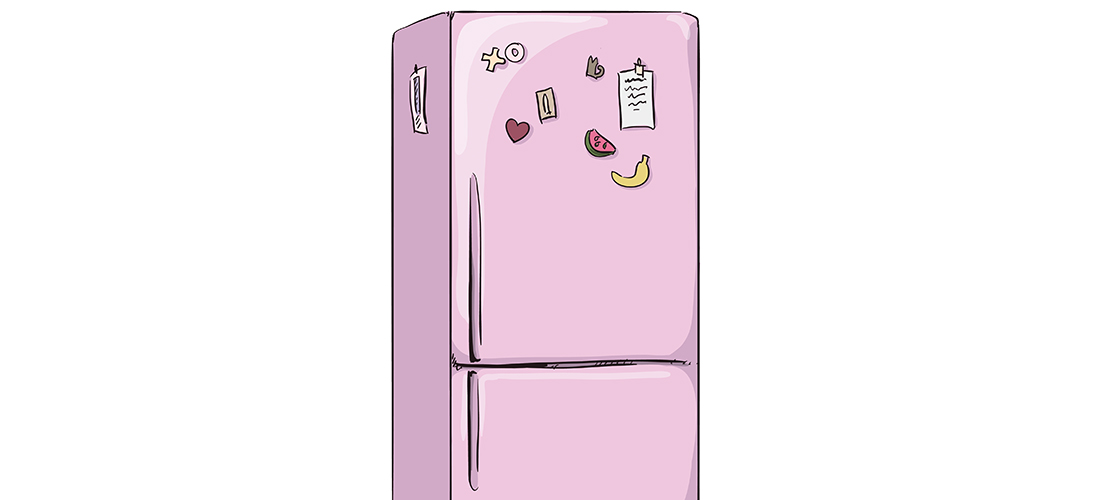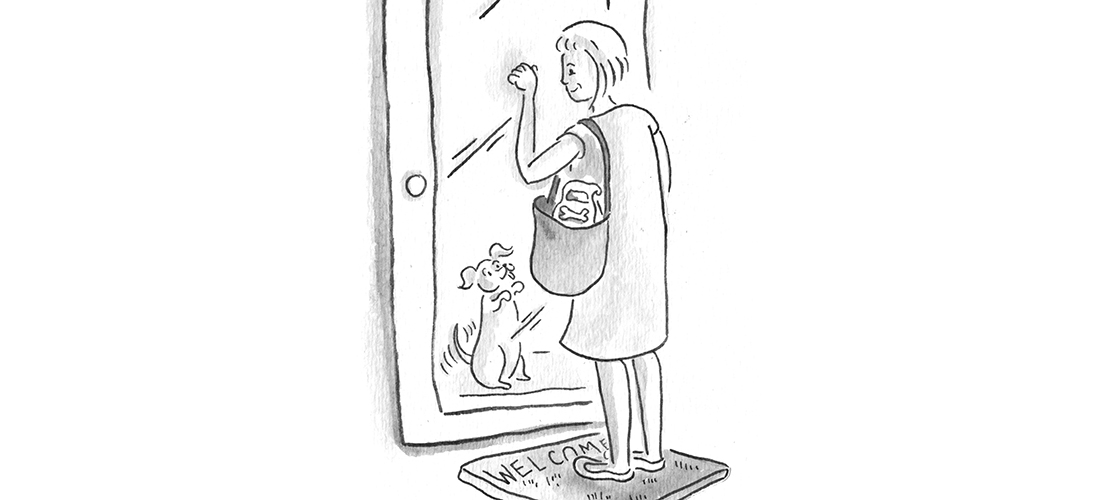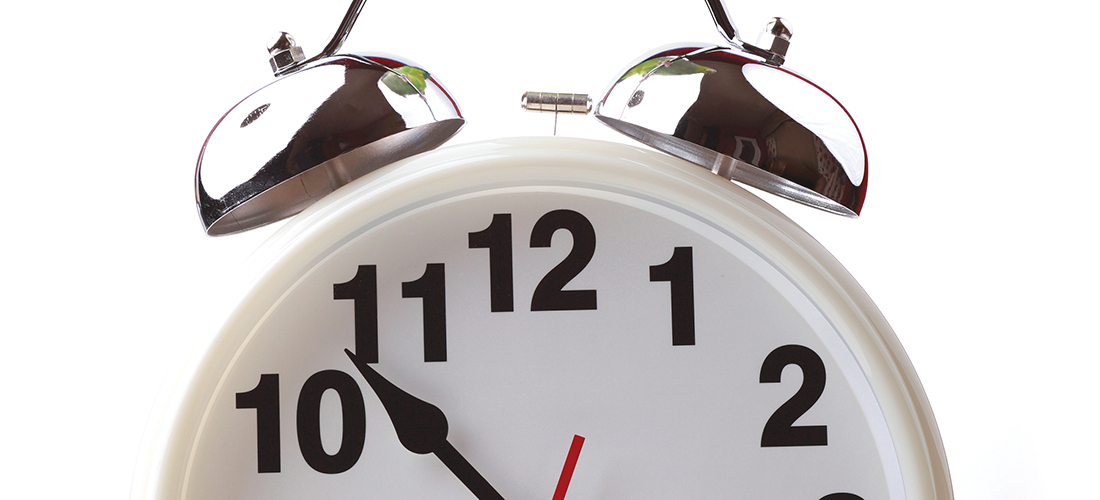Let’s go to the DVD
By Deborah Salomon
I still miss Downton Abbey. Please don’t brand it a posh soap opera. These days nothing plays more soap operatic than cable news, where madmen run around threatening to blow the world to smithereens; where porn stars tell all; where espionage happens right under our noses — as reported by babes in low-cut dresses and guys with four-day beards.
The Abbey had a presence, a sense of place, since the main floor and outdoor scenes were filmed at Highclere Castle; not sure about the bedrooms, but they seemed real enough. The paintings were real, the books and duvets were real. The endless teacups appeared to be fine bone china. But I wondered about wearing sleeveless frocks in vast chambers heated only by fires laid by a scullery maid. You could lose yourself in the plots, which often culminated in shock and were never interrupted by commercials.
That’s what I want from a drama . . . escape. The era should allow fabulous costumes but confront universal situations: single motherhood, rape, infidelity, anti-Semitism, premarital sex, breast cancer, homosexuality, politics, racial tension, women’s rights.
Of course back then women couldn’t vote, but at least the guys stood up when one entered the room. As for war, I read that the World War I bunker scenes were the most authentic ever filmed.
DA offers plenty of sex but no nudity. Six seasons and only one bloody episode, when Robert’s ulcer bursts, during dinner.
The plot had enough scope to allow characters to develop, grow. Mr. Barrow will always be an opportunistic villain, but toward the end we understand, even sympathize. Chauffeur Branson sheds his socialism to become the voice of reason. Butler Carson turns Lothario. Footman Molesley, a lifelong loser, finds his mojo in teaching school. Kitchen maid Daisy finds her voice. Isabel Crawley never lost hers. Dowager Countess Violet — the ultimate snob — softens into a wise and kindly aristocrat. Who thought she would be left standing after the writers killed off Mr. Pamook, Lavinia, Sybil, William, Matthew, Isis (the yellow Lab), Michael Gregson, numerous pheasants and grouse?
Mrs. Patmore, the cook borrowed from Shakespeare, ties everything together with one-line zingers.
Over the six seasons the Crawleys almost became my family.
Trouble is, characters are so engraved on the actors that I cannot watch m’lord Hugh Bonneville play anything else. Heartthrob Dan Stevens (Matthew Crowley) in a flashy action flick, or as Beauty’s Beast, à la Disney? Please.
Part of the mystique falls to British entertainment in general, which owns a certain dry, witty refinement poorly imitated by Madam Secretary and The Good Wife. By contrast, watching the half-dead stagger toward Armageddon is neither escape nor entertainment. So of course I bought the complete Downton Abbey on DVD because my TV has a built-in player. Now, when the world closes in, I pick an episode and escape to Yorkshire.
Which fields another annoyance. My TV isn’t smart enough for streaming. I wouldn’t know Hulu from a Zulu. Purchased in 2008, it is sized perfectly for the room, has an excellent quality picture and good sound. Why should I replace it? I subscribe to premium cable and Netflix DVD. But, unless I purchase and attach another gizmo (not guaranteed to work) I won’t see The Crown until released on disc. But even with the smartest TV I wouldn’t give up cable because the song-and-dance coming out of Washington mustn’t be missed.
Television illustrates the American dilemma: too many choices. Quantity over quality. Twenty Oreo flavors, a dozen Coke varieties, 15 shampoos under the same brand, 3,000 apps and countless short-lived sitcoms that have not progressed beyond canned laughter. Then, repeat the nonsense On Demand.
That’s why British drama on PBS is so precious, including my other addiction, Call the Midwife, with an unlikely plot peopled by Anglican nuns, pretty young nurses and the wretched poor of London’s East End — yet mesmerizing in its seventh season.
Still, nothing compares to the Abbey, which closed its massive doors in 2015. An interactive set re-creation drew crowds last winter in New York. The merchandise continues to sell: Christmas tree ornaments, tea, cookbooks, T-shirts and “companion” DVDs chocked with backstage tidbits . . . all except one, which will forever remain a mystery:
Who really killed Vera and Mr. Green? PS
Deborah Salomon is a staff writer for PineStraw and The Pilot. She may be reached at debsalomon@nc.rr.com.


